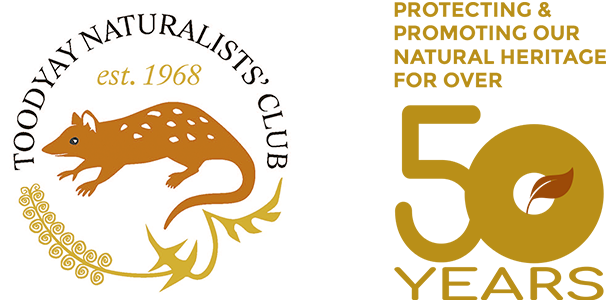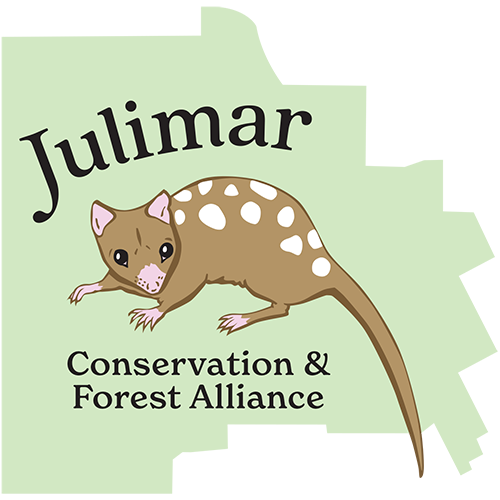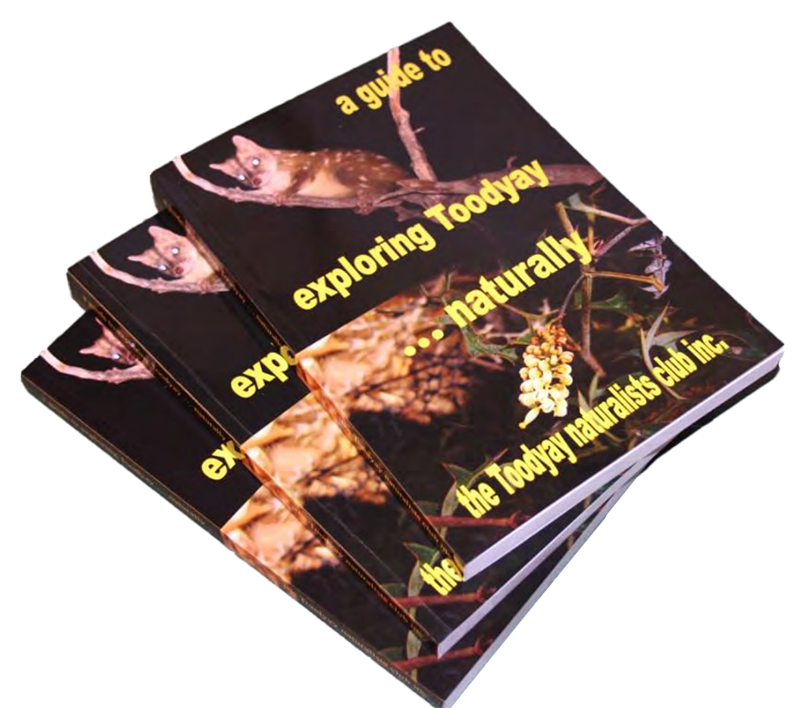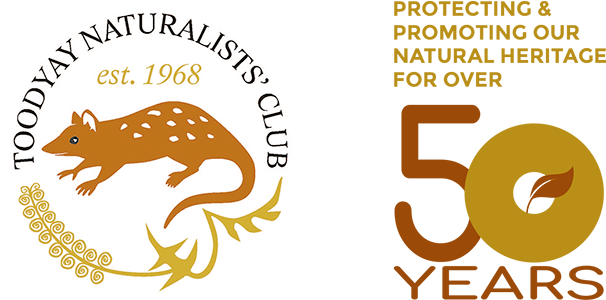Despite wet and chilly conditions, a goodly number of members gathered at Bolgart for a picnic lunch and meeting. After lunch a convoy of vehicles headed to Wattening Nature Reserve (2393).
Situated in the Phillips Sandplain Catchment this reserve is unique in the Toodyay Shire. It is the only nature reserve in the north-eastern portion and the only one containing freshwater springs.Two streams rise from a heavily vegetated swampland to the southeast of the reserve.
Beyond the western boundary, on private land, the rivulets join and form the headwaters of Toodyay Brook.
The landscape surrounding the reserve is highly altered by many decades of cropping and grazing. However, although only 40.5 hectares in area the reserve contains notable environmental values. Huge, ancient Paperbark trees grow along the stream banks and Acorn Banksia Banksia prionotes are scattered throughout the reserve. Unusually, York Gums Eucalyptus loxophelba that normally favour loamy soils have adapted to growing in the deep sand.
Although data is limited, several species of reptile and over 20 species of birds have been observed in the reserve.Fresh water crayfish reside in the waters and two species of tree frog find prime habitat among the thick reeds.
The ever-flowing fresh water of Wattening Springs had been utilised by Noongar people for thousands of years. The first European record of the location and its indigenous name was by George Fletcher Moore. An exploring expedition led by him in 1836 found a small herd of escaped cattle there.
Naturalist, John Gilbert, the unrelenting collector for the famous John Gould wrote a detailed description of the springs during an expedition in September of 1842. Accompanied by Toodyay pioneer and botanist James Drummond, his son Johnston and two Noongar men, they camped at the springs enroute to the Wongon Hills. Gilbert hoped to collect a species he referred to as “Leipoa”, the Mallee Fowl. After much perseverance he was successful and made detailed drawings of the bird’s extraordinary nesting mounds. The Mallee Fowl subsequently appeared in Gould’s seminal seven volume work “The Birds of Australia”.
On this excursion Gilbert also recorded the Crescent Nail-tail Wallaby Onychogalea lunata, now extinct. Throughout the agricultural settlement of the Toodyay Valley, Wattening Springs was a prized watering place for bullock teams and livestock. During the 1890s the location became heavily utilised during the gold rush by teamsters and prospectors making their way to and from the eastern goldfields. This prompted the government to gazette it as a “Public Utility Reserve” which remained in place for the next 80 years.

This article was published in the July 2025 edition of the Toodyay Herald, p. 29.
The Toodyay Naturalists’ Club welcomes sightings and observations of flora, fauna and all areas of natural history. To add your sightings, email secretary@toodyaynats.org.au or submit a sighting via our online form.



